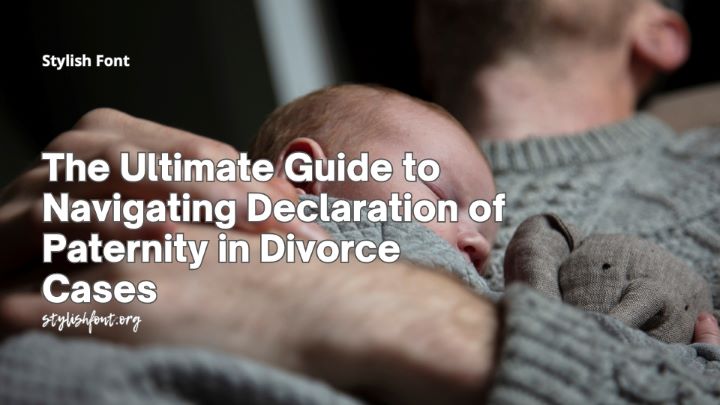What Is a Class Action?
Class action lawsuits are legal proceedings where a group of people collectively bring a claim to court. These individuals, often facing the same issue—such as defective products, false advertising, or employment discrimination—come together to seek justice. This collective approach is efficient when individual claims might be too small to pursue independently but collectively represent substantial harm. Seeking lawyers for class action lawsuit can help mitigate the financial burden of such legal battles. Experienced attorneys in this field can guide plaintiffs through the complex litigation process, ensuring their rights are protected.
History of Class Actions
The concept of class action lawsuits has evolved significantly over time. Tracing its roots back to the early 20th century, class actions have become a pivotal tool for consumers seeking collective redress. Initially, these lawsuits were designed to address labor disputes and issues of public welfare. Over time, they expanded to cover various grievances, including consumer protection, environmental law, and civil rights. Notable early class actions paved the way for modern lawsuits, highlighting the power of collective legal action in driving social change and corporate accountability.
How Class Actions Work
Class action begins when one or several plaintiffs, known as lead plaintiffs, file a lawsuit on behalf of a larger group, referred to as the class. For the case to proceed as a class action, the court must certify it. Certification requires meeting several criteria, such as the number of affected individuals and the commonality of their claims. Once certified, the case moves forward through various legal stages, including discovery—a process where both sides gather evidence—settlement discussions, and potential trial. Each stage is critical in determining the outcome and ensuring justice is served for all class members.
Class Action Certification
The certification process is crucial for the success of a class action. Courts consider factors like numerosity, where the class is so large that individual lawsuits would be impractical; commonality, where the claims of the class are similar; typicality, where the claims of the lead plaintiffs are typical of the class; and adequacy of representation, where the lead plaintiffs will adequately protect the interests of the class. Without certification, the case cannot proceed as a class action, making this phase key to the lawsuit’s progression. This rigorous analysis ensures that the interests of all class members are adequately represented and that the case is manageable in a court setting.
Benefits of Class Actions
Class actions offer several distinct advantages. They provide a mechanism for individuals to pool their resources, making litigation affordable. This collective approach levels the playing field, enabling ordinary consumers to challenge large corporations with substantial legal budgets. Additionally, class actions promote judicial efficiency by combining numerous similar claims into one suit, reducing the burden on courts. This can result in significant settlements or judgments, compelling corporations to alter harmful practices and policies. This means potential financial compensation and broader societal benefits for plaintiffs, such as improved corporate accountability and enhanced regulatory standards.
How to Join a Class Action
Joining a class action lawsuit can be straightforward. Typically, notification of a class action is sent to potential class members or advertised publicly through various media channels. These notices inform potential class members about the nature of the lawsuit, their rights, and how to participate. If you qualify, you may be automatically included as a class member or allowed to opt in or out. Understanding your rights and any potential impact on your ability to pursue individual claims is essential. Consulting with a legal professional can clarify the implications of joining a class action and the best course of action for your situation.
Settlement Agreements
Reaching settlements in class action lawsuits can be a protracted process. It requires careful negotiation to ensure the agreement is fair to all class members. Settlements must be approved by the court to guarantee that they serve the interests of the affected individuals. This approval process involves a fairness hearing where objections from class members can be heard and addressed. A well-negotiated settlement not only provides financial compensation but may also include provisions for injunctive relief, driving changes in the defendant’s practices to prevent future harm. This multi-faceted approach ensures comprehensive redress for the class.
Future Trends in Class Actions
The landscape of class action lawsuits continues to evolve. Emerging areas such as data privacy and environmental litigation are seeing an increase in class action cases. With the proliferation of digital technology and data breaches, consumers are becoming more aware of their privacy rights, leading to a rise in data privacy class actions. Environmental class actions are also gaining traction as communities seek redress for industrial pollution and climate change impacts. Future trends may also involve adjustments in legislation influenced by ongoing legal challenges and societal changes. As public awareness and regulatory frameworks evolve, class actions will remain critical for protecting consumer rights and promoting corporate accountability.





